DISCOVER ABRA
ABRA – THE BEAUTY OF NATURE & HERITAGE
An Introduction to Abra
Abra is a landlocked province in the Cordillera Administrative Region in the Philippines. The province is bordered by Ilocos Norte on the northwest, Apayao on the northeast, Kalinga on the mid-east, Mountain Province on the southeast, and Ilocos Sur on the southwest.
Abra remains one of the least visited provinces in the Philippines but is one of the most beautiful. Abra has a reputation for being “unsafe” mainly because of political gang wars and election rivalry in the past.These days the troubles have ceased and the province has quietened down somewhat.
Abra has something for everyone – Mountains, Nature, Hiking Trails, Waterfalls as well as Museums, Ancestral Houses, and Spanish Era Churches and Ruins.
Abra has also managed to keep some of its local cultures and traditions alive. By exploring the province and mixing with the locals you will discover more.On my first short visit to the province I concentrated on the area around Bangued. I can’t wait to return to explore and discover for myself many more of the provinces hidden treasures.
I would like to thank Edmar Guquib of Edmaration, George Antony Lalin (Tourism Consultant of the Abra Office of the Congressman), Jun Rosales and Dykath Molina for their time, hospitality, kindness and assistance during my visit without which I would have struggled.
#abramazing #galasaabra #evatayo #congjbtourism
BANGUED
A SOJOURN IN BANGUED
- Tangadan Welcome Tunnel – Abra Border
- Teofilo Garcia – National Living Treasure
- St. James the Elder Cathedral – Bangued
- San Lorenzo Ruiz Shrine – Bangued
- Calabra Bridge
- Loom Weaving – Bulbulala
- St. Catherine of Alexandria Church – Tayum
- Gabriela Silang Gallery of Fine Arts – Tayum
- Casa Real de Bucay
- Casamata Hill, Bangued (For Sunset)

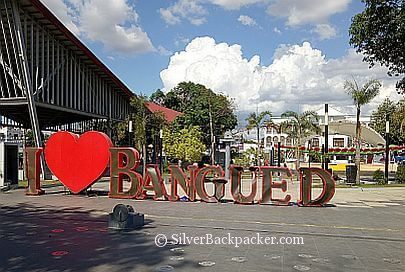

Bangued's Attractions

Teofila Garcia

St. Catherine of Alexandria Church Tower, Tayum

Gabriela Silang Museum of Fine Arts, Tayum

Loom Weaving – Bulbulala

Casa Real de Bucay Gate, Bucay
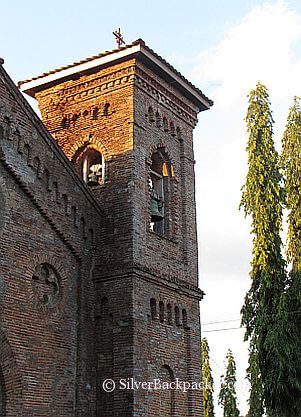
San Lorenzo de Ruiz Church, Bangued
Teofilo Garcia, Abra's National Living Treasure
Tabungaw hats are made from gourds that he grows and harvests himself. The inside is lined with finely woven rattan matting, and the outside varnished to protect the hat from the elements.
Being the only Tabangaw maker left in Abra he is the last of yet another dying tradition. He offers classes in the art of Tabangaw making and visitors are welcome at his workshop..
The workshop is located in the town of San Quintin along the main road between the Tangadan Tunnel and Bangued.


SAN LORENZO RUIZ SHRINE, BANGUED, ABRA
Its neo-gothic facade and church design was sketched by Brother Arnulf Rademaker, a German SVD missionary carpenter who also redesigned the Bangued Cathedral’s facade and bell tower.
Casa Real de Bucay
CASA REAL de BUCAY RUINS:
Casa Real in Bucay today is a monumental arch , complete with columns and capitals, topped by the insignia and crown of the Kingdom of Spain. Built of stone and mortar covered by bricks, it was the gate to a long-gone military fort high on a cliff above the Abra River on the eastern confines of the town.
The fort had to do with the creation of Abra in 1846 as a province segregated from the Ilocos with Bucay as its capital.The arch itself is in a very precarious state after the 1991 earthquake that brought devastation to Baguio and Cabanatuan – Jose R. Perdigon
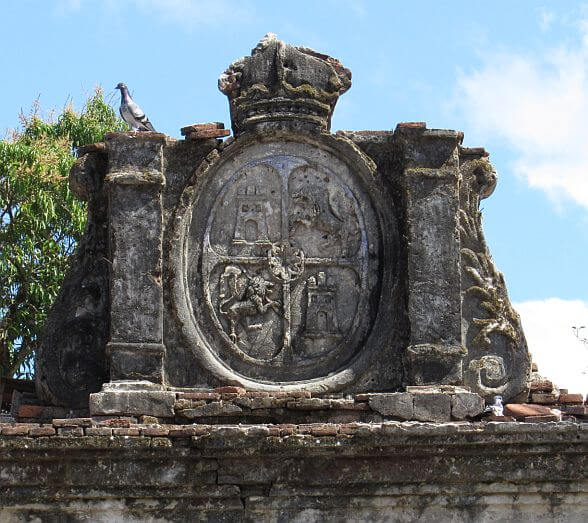

AROUND BUCAY
St. Narcissus Church Built in 1847
The Convent Ruins
The Presedencia ( Municipal Building)
The 1914 American built Central School Building
Did you know that Bucay was the first capital of Abra from 1846 until 1863 when the seat of power was transferred to Bangued
Gabriela Silang Museum of Fine Arts
In 1993, former Philippines Ambassador to Sri Lanka, Rosario V. Cariño, decided to open it to public as a museum. It contains relics from the Philippine revolution as well as arts and antiquities from all over the world.
The collection also has paintings by Juan Luna, Fernando Amorsolo, and Pablo Picasso, amongst others.
The museum is now housed in what used to be the house’s horse stables.

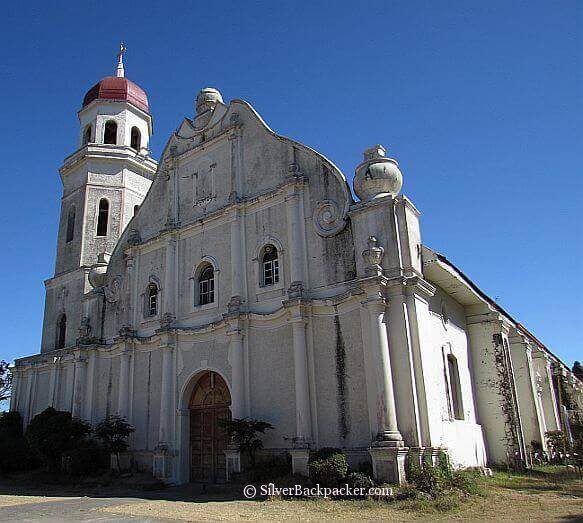
SAINT CATHERINE OF ALEXANDRIA CHURCH
The church has a four tiered bell tower from the top of which there are fantastic views over the surrounding countryside.
The church was dedicated to St.Catherine of Alexandria whose feast day is celebrated every 25th day of November.
Did you know that Tayum got its name after the indigo plant which was commonly known to the Ilocanos as Tayum-Tayum
Calaba Bridge
Calaba Bridge is 17 metres longer than the Don Mariano Marcos Bridge.
The bridge was built to connect the three towns of La Paz, Danglas and Lagayan to Bangued.
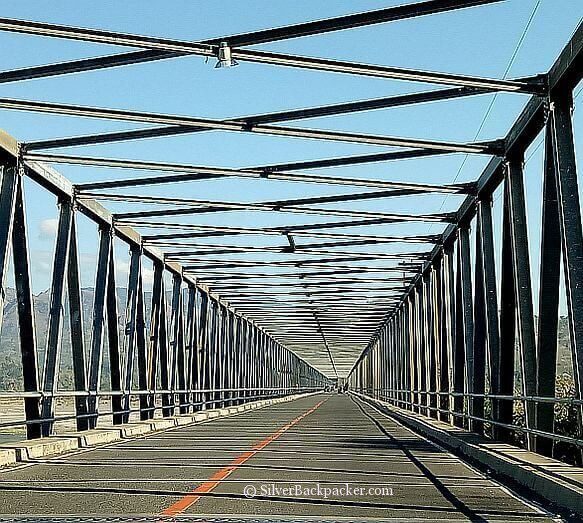
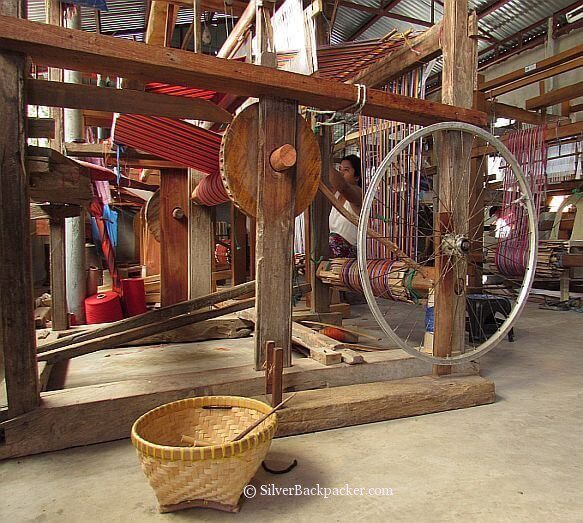
Leila’s Loomweaving
Abel cloth is a traditional finely woven fabric known for its durablity and beauty. Many families hand abel cloth down to younger generations as heirlooms.
You can see abel weavers busy at their craft on century old looms and watch the cotton or sagut yarns descend, ascend and crisscross one another in hypnotic movements.

ABRA
How to travel to Abra
By Bus
- From Metro Manila, there are three bus companies operating along the Manila to Bangued route.
Partas Bus Company, Viron Transit and Dominion Bus Lines. - Journey time is around 10 hours
- Fare at time of writing is P600
By Air
There are no airports in Abra.
- Cebu Pacific has daily flights to Laoag.
- From Laoag take a bus to Vigan and change there for a bus to Bangued
ABRA - THE BEAUTY OF NATURE & HERITAGE
Please Note – All blog post photos on Silverbackbacker.com are of a lower quality to enable faster loading and save you data. If you would like to buy or license higher quality copies of any of the photographs you can email us at silverbackpackertravels@gmail.com
All photographs and content on this website remain the property of Silverbackpacker.com. Images may not be downloaded, copied, reproduced or used in any way without prior written consent.
Print purchases entitle the purchaser to the ownership of the image but not to the copyrights of the image which still remain with Silverbackpacker.com even after purchase.
Follow Silverbackpacker for more of his Travels
Facebook @silverbackpacker | Instagram @silverbackpacker
Twitter @silverbackpaker | Pinterest @silverbackpaker
Audere Est Facere – Silverbackpacker.com – To Dare is To Do
Affiliate Disclaimer: Links on this website may be affiliate links that could result in us receiving compensation when you purchase a product or service from that link. You do not pay any extra fees for these items. This helps us to keep this website going. Thank you for your support.
Disclaimer | Privacy Policy |Cookie Statement © All Rights Reserved


Philippines never fails to surprise and amaze.Have read so many posts about the lovely beaches, islands and towns of the country and still Abra comes as a pleasant surprise, a revelation of sorts. The place is really fascinating with almost everything, nature, history, culture. In fact Abra looks like a microcosm of the Philippines.
I’ve never heard of Abra before this post, and I’m surprised there is SO much there! I love the local artisans; it’s really cool to see the workshops up close!
Never heard about Abra before, I don’t know much about Philippines! Anyway, it is good to know that this country is much more than beautiful beaches, I especially liked the Spanish heritage of Abra
Loving learning about these places from you. I would love to hang out at the workshops as I find that fascinating and also supportive of the locals. I remember seeing some amazing looming in the basements of houses along the Cho Praya River in Bangkok. The people there were incredible and imagine these people would be exactly the same.
Abra sounds like our kind of place. Lots of beautiful outdoor spaces and local artisanal goods is perfection. The churches are just beautiful.
What a shame the Teofino is the last of the Tabungaw hat makers. Don’t understand how amazing arts like that die off or why he doesn’t have an apprentice. I would love to discover all of those churches and I had no idea that the Spanish had such an influence over there, thought the Portugese & the Dutch ran the show there.
I wish we knew about this wonderful place when we was in the Philippines earlier this year! It sounds like such an interesting place with so much for everyone to love! Well at least it gives us a great reason to go back some day!
Beautiful photography, it goes perfectly well with your article and makes me want to pack and go! Thank you for posting this!
I’ve never heard of Abra, but it sounds like a fascinating place. I’d love to see the ruins, churches, and artisans at their craft. Making a note for future travels.
This is a new place to add to my list! Never heard of it before, thanks for sharing 🙂
i love the extra tips! i’d never even heard of Abra until reading this! looks like an interesting place to visit
I didn’t know about this place and it seems like there is so much to do and visit! The church is beautiful
I didn’t know about this place – a long journey to get there if it takes 10 hours on the bus! I’d love to visit the Gabriela Cariño Silang Gallery of Fine Arts as well as the St Catherine of Alexandria Church. Looks beautiful.
I had never heard about Abra until now. It definitely looks like a place worth checking out. Saint Catherine Church of Alexandria looks interesting to visit. Thanks for sharing.
I had never even heard of Abra before reading this. Looks like a beautiful place.
I have never been but looks like such a fantastic place to visit, hope to make there one day!
I didn’t know Abra and I’m surprised to know it’s one of the least visited provinces in the Philippines, it looks So beautiful! Thanks for all the useful information!
I never even heard of Abra area and after reading this, I would love to check out this area. Not a keen fan on loomweaving but would still love to check it out as its a local trade. Great post to read. Bookmarked it for the future.
Sounds like an interesting place to visit. The loomweaving stop sounds fun, I think I would enjoy that. Thanks for sharing!